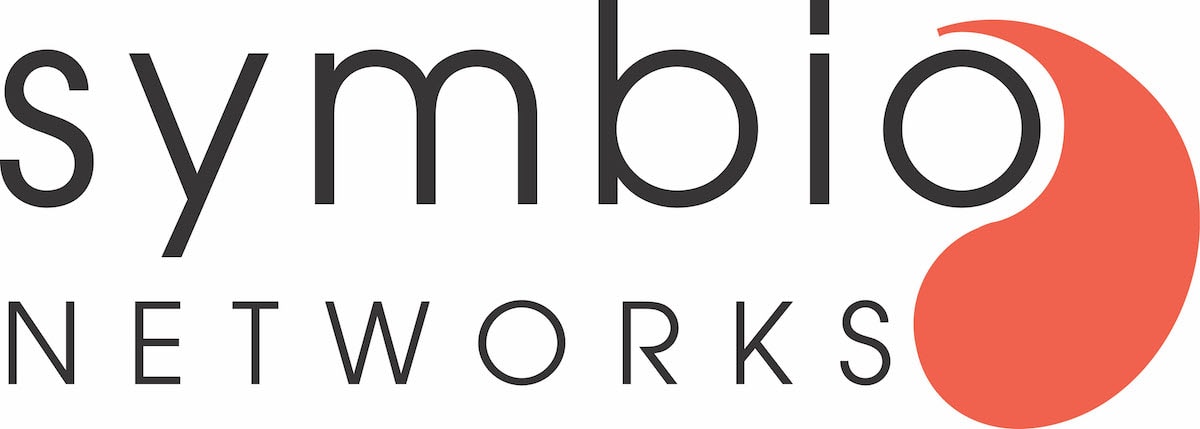Hosted PBX Features
All of the following features work seamlessly with multiple levels of customers and resellers. Customers can define their own settings, if you choose, and they and any resellers are billed automatically.
Any phone number terminating on your account can be routed to any VOIP extension, hunt group, queue, feature code, digital receptionist, voicemail, external numbers, etc.
Each customer can define their own feature codes or feature prefixes and, multiple customers can define the same codes with different destinations.
User friendly AJAX web-based receptionist control panel with drag-and-drop to redirect calls. You can opt to enable this in its own web browser tab for easy management of high call volumes.
Customers can manage conferences and decide on conference times and the number of people in the conference, assign different PINs for administrators, speakers and listeners, and arrange a set of telephone numbers and email addresses to notify when conferences start. Conferences can be set to repeat each day, week, fortnight, each month or every two months. External numbers can route directly into a
pre-scheduled conference, either with or without a PIN.
Access voicemail messages externally and be notified via email in the form of an audio file which can be listened to on any mobile or tablet device. Or the End User can log in to their own personal web management portal, and access and listen to their own voicemail messages.
Notification of voicemails can be via Message Waiting Indication (MWI), eMail (optionally encrypted using GPG), SMS (optional development), or delivered by calling an external number and the system will play the message, web, or JSON API. Users can be warned by email when their mailboxes are nearly full.

Fax-to-email is available, and fax-to-mailbox with notification via email. Faxes can also be sent from the PBX with a cover note attached and may choose the display number (caller ID) to be sent. Every user can be configured to use their existing direct in-dial or be allocated a separate individual in-dial, allowing them to receive their own personal faxes into their mailbox or be notified via email, with or without an attachment.
Learn More
Individual user extension features include telemarketer block, caller ID block, selectable caller ID for both internal and external calls, call forwarding, adjustable ring time, do not disturb, call park, distinctive ring based on caller, Advice of Charge (AOC), etc. Forwarding can also be controlled by calling an allocated direct in-dial number and configured via the telephone menu options.
Learn More
Highly configurable auto attendants. Every key on the telephone keypad, as well as timeout, can be assigned to any feature on the system, or to any external number. All external calls that terminate on any IVR can be billed to the IVR owner. The messages played to callers can be recorded from a telephone or uploaded in a .wav file.
Learn MoreAny third-party SIP compliant device such as Google Android, Apple iOS, and Microsoft Windows can be registered against any user extension using either UDP or TLS with SRTP encryption. Custom development is available if you would prefer a fully white labelled mobile application.
All routing of calls within the system can be achieved by using any source or number/prefix match such as, caller ID, or an exact number, specific area code, or a country code, etc. For example, all calls destined for a certain region can be routed to a specific branch in that area.
Every user extension can configure and record multiple greetings (unavailable, busy, and temporary). Their greetings can be uploaded and saved on the web management portal.
Calls dialled from the PBX can be authenticated by username and password, source IP address, caller ID, account and PIN entered in an IVR, or a called number prefix.
Parallel, serial, and circular hunt groups can be configured. Hunt groups can call telephones, external numbers, and SIP URIs. Hunt groups can include many find me/follow me features.
Any voicemail received can be distributed to multiple destinations and all of this can be controlled from the web interface.
Any third-party compliant device can connect to the XMPP server offering XMPP based presence, messaging and calling.
Credit card integration for payment gateways and credit card processing. Custom development charges may apply.
Call queues and Automatic Call Distribution (ACD). Destinations can be telephones, external numbers and SIP URIs. Calls can be prioritised within queues, and queues of calls can also have an order of priority configured. Any call that terminates on any queue can be given the option to drop out and be called back when they approach the front of the queue. Additionally, reports can be generated on a per queue and per agent basis which can be exported and uploaded into any external queue reporting application used by the customer. Any queue data exported can be uploaded into Queumetrics for analysis, or any third-party software can extract data from the system using our extensive JSON API.
Add-Hoc or Time of Day Automatic Hot Desking and Virtual Telephone Extensions, Any user extension can be configured as a virtual telephone. A virtual telephone can be logged in on top of another physical telephone extension to be used as a hot-desking extension. This feature can also be referred to as virtual extension, hot desk user or extension mobility. Additionally, any virtual telephone can be configured to automatically log out after hours.
Any call terminating on the system can be configured to route based on the system time for a customer. The date and time can be configured up to 20 years in advance and combined with several options, such as the time, days of the week, days of the month, months and years. The system routing can be changed instantly via the web management portal, or via a telephone. You can even configure a direct in-dial which you can call at any time of the day to control your call routing, using feature codes that you have configured for the customer, or the customer has configured.
Dial by name, integrated with the main user database and voicemail recorded names.
Customers can configure email and alerts for abnormal or potentially fraudulent calls within their own customer. The Wholesale Partner or Resellers can also create alerts for the entire system. Alerts sent can be stored for later viewing on the web interface.
Customers can send broadcast emails to everyone in their database, or an uploaded text file of addresses.
When forwarding calls to external numbers, DTMF can be automatically played to the called party to call an extension or select the pre-defined options within the IVR.
Call Spy, monitor a call without the person knowing, used for call centres and training organisations.
Click to call on the web interface and JSON API. This can be used for both outgoing and incoming calls. Incoming calls can be routed to any feature of the system such as telephones, queues, hunt groups, etc, making creation of ‘Click here to call us’ links on customers own websites easy. The customer is billed for any chargeable calls. This feature my include charges for development.
Customers and resellers can view invoices, transactions, and CDRs (history of calls made) on the web and download transactions and CDRs to a spreadsheet. CDRs include real time call costs
Outbound Bulk Dialler for outbound calling campaigns. Customers can manage their own campaigns and sets of numbers to call. Answered calls can be routed to any feature within the same customer. Campaigns can start and stop automatically based on time and/or date. The bulk dialler can optionally use Answering Machine Detection (AMD). Bulk dialler calls can be billed at a different rate than normal calls.
vPBX Partners with leading solution providers for connectivity & hosting with 24x7x365 support ensuring maximum uptime.




